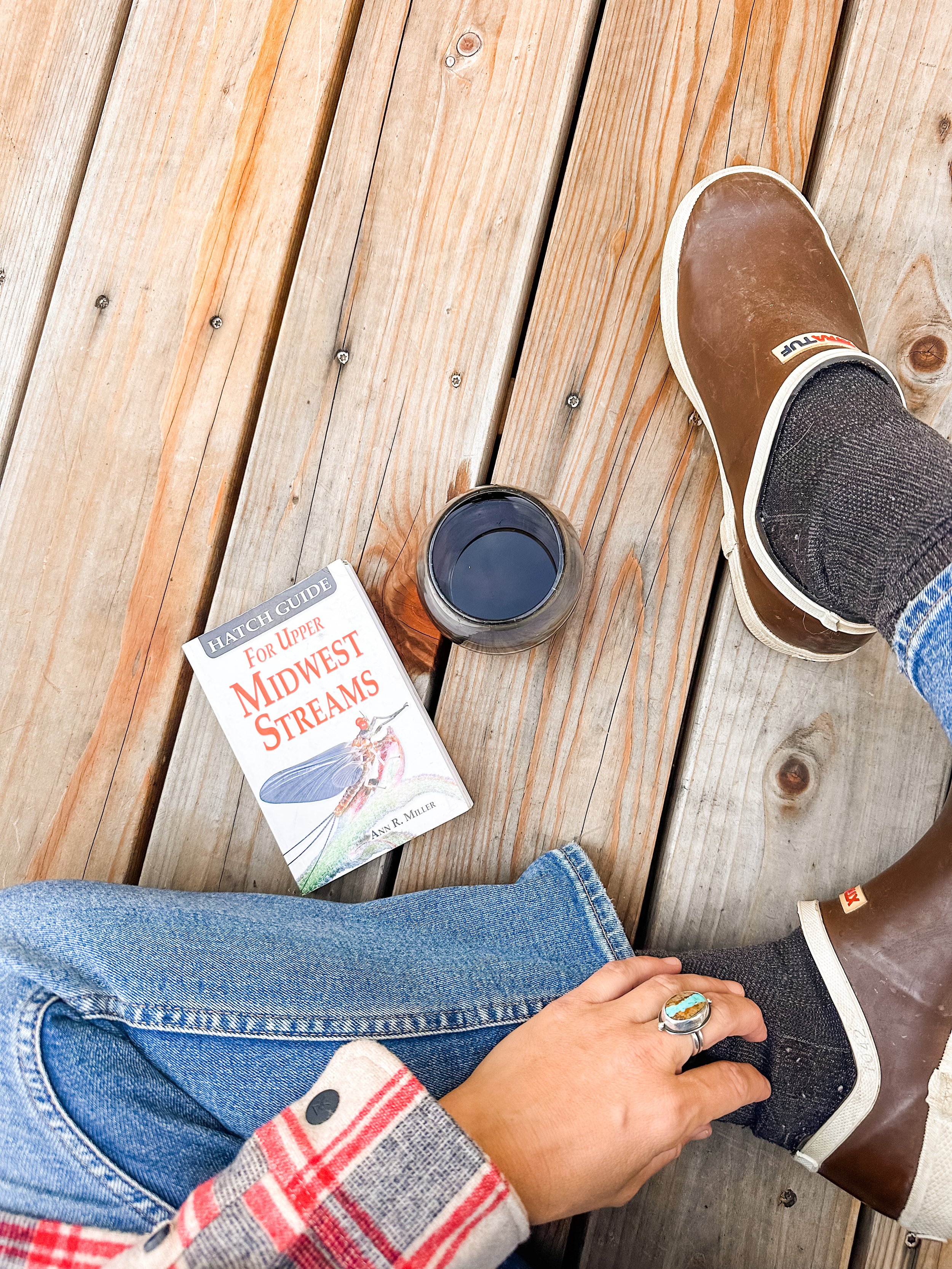Five Ways to Stay Engaged with Your Fly Fishing Practice While at Home
While it’s probably safe to say that we all prefer our precious time spent adventuring on our favorite fisheries over all else, life doesn’t always allow for constant jaunts to our home waters or exciting new destination fisheries. The good news is that there are tons of ways to not only stay engaged and excited about our fly angling practice while at home, but those efforts that we make in-between our outings play a huge role in our growth as anglers. Here are a few of my favorite ways to continue learning and exploring while I’m hanging at home…
1) Organizing fly boxes.
Setting aside time to organize my fly boxes remains to be one of my favorite at-home fly fishing activities. There are many different schools of thought in terms of how to go about this task; over the years I’ve tried on various methods and continue to experiment from time to time. While some organize via specific fly types designated to their own boxes(a box for nymphs, a box for dry flies, a box for streamers, etc.) others are more particular about orienting their boxes seasonally, regionally, or based upon specific insect life cycles. At the end of the day it’s really up to the individual angler and their own preferred way of locating their flies(while ensuring that they have exactly what they need) with ease while on the water. My personal favorite fly boxes on planet earth? Without a moments hesitation, that would be the Tacky Pescador fly boxes from Fishpond. I have several in a variety of sizes.
2) Taking inventory of gear.
This job tends to be fairly quick and easy for me, but it is an essential step nonetheless. Pieces of equipment that I frequently take inventory of in-between trips include: flies that may need replenishing, tippet, floatant, and leaders. I also never hit the water without a few snacks tucked into my pack, so any turkey sticks or granola bars that may have been consumed are always quick to be restocked for next time around. A hangry fly angler is not a happy fly angler! The three brands that I most regularly use to stock my fly line, leaders, tippet and floating include Loon Outdoors, Scientific Anglers, and Rio Products.
3) Crimping barbs.
While some of my flies are tied on barbless hooks, the mass majority do indeed contain barbs. Of the many different areas that compose my fly angling ethics, crimping my barbs is definitely high on my list. This gesture not only allows for quick and easy hook removals and a much less pronounced impact on fish, but it also makes all of the difference in the world in the case that a fly hook might unwittingly wind up in my own body or clothing. Everyone wins with a crimped barb, and what better way to save time on the water than to just de-barb your hooks while at home? Here’s a quick video tutorial on the Orvis YouTube channel that shares how to de-barb your hooks..
4) Practicing knots.
Practice makes perfect, as they say. The very best way to become proficient and swift while tying knots on the water is to build that muscle memory while at home. Depending upon the individual angler, the variety of species they target, and the types of fisheries that they explore, the essential knot knowledge needed will indeed vary. At the very least, most freshwater fly anglers will want to know the loop to loop, double surgeons, and the clinch and/or improved clinch knots as a baseline. Additional ties including the blood knot, nail knot, and a non-slip or perfection loop knot will also come in handy, too. You can use any material that you’d like while learning your knots(pictured here I’m repurposing some old fly line). I also recommend practicing your knots on your leader/tippet material as well since that will represent how you’ll experience tying them while on the water. You can find a great guide to basic fly fishing knots via this Orvis YouTube video with Tom Rosenbauer.
5) Study and research.
Finally, your preferred style of study and research is always an area that provides both education and inspiration. Of course the subject matter and topics available to dig into are nearly endless, from entomology to reading water to casting mechanics to specific species and their ecosystems. Beyond that, there’s certainly no shortage of narrative literature, short films and documentary, non-fiction work, podcasts, and blogs and social media content to keep you entertained and interested. A great option that I particularly love that seamlessly combines entertainment with education is the YETI YouTube channel. Choose your favorite medium and enjoy!




